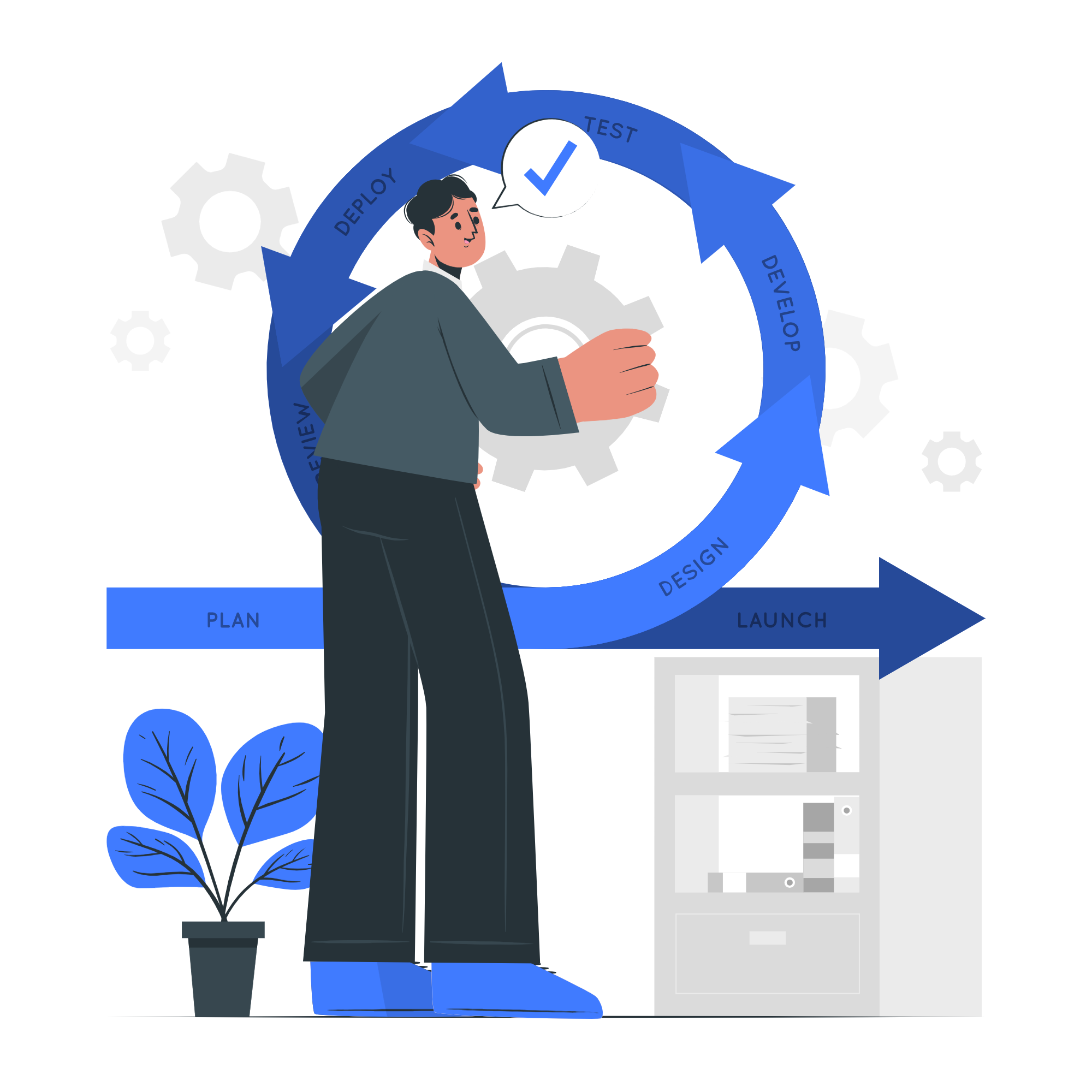Why MVP Works
The core strength of the MVP approach is that it allows you to validate your product concept quickly and cost-effectively in a real-world setting.
Instead of spending months planning and developing a full-scale product, the team builds a version that includes only the essential features – just enough for the user to:
-Understand what the product solves,
-Experience its main value,
-And provide feedback that truly matters.
This feedback is invaluable from a development perspective. It allows you to adjust the product direction before investing in complex modules, infrastructure, or integrations.
From a business standpoint, it’s the fastest way to gather market data, validate demand, and attract investors. An MVP isn’t just a demo. It’s a fully functional product in its most efficient form.
Benefits of the MVP Approach in Practice
- Faster Time-to-Market
In a competitive landscape, speed matters. An MVP lets you launch within weeks instead of months, giving your team the ability to respond to user behavior and adjust the product in real time. - Data-Driven Decision Making
Every click, registration, and user drop-off provides data that shapes the next iteration. Instead of guessing, the team relies on metrics like retention, conversion, and engagement, to decide which features to prioritize. - Efficient Budget Allocation
By investing only in the product’s core functionality, MVPs help you make the most of your budget. Once the solution proves market potential, you can confidently add new features, optimize performance, or scale marketing. - Market and Business Model Validation
Not every idea survives contact with the market. MVPs help you understand user behavior and determine whether the product is economically sustainable — whether users are willing to pay, and for what exactly.

How Regulus Team Designs MVPs for Clients
At Regulus Team, we approach MVP design strategically, not experimentally.
Our goal isn’t just to “code a prototype,” but to help clients achieve measurable outcomes — whether it’s market validation, first user traction, or preparation for an investment round.
- Discovery & Validation Phase
The process starts with deep research into the market, user needs, and client goals. Together, we define hypotheses that the MVP must validate. The outcome is a product roadmap with prioritized features — clearly distinguishing between “must-have” and “nice-to-have.” - Technical Architecture & Design
We design architecture that’s easily scalable — because an MVP is the first phase, not a dead end. Using modular solutions ensures that future scaling won’t require rewriting the entire codebase. - Iterative Development & Testing
MVPs are built in short sprint cycles with well-defined goals and metrics. Each iteration is tested with real users — through closed beta testing or pilot deployments. - Data Collection & Product Direction
After launch, we track key metrics (e.g., active users, conversion rate, churn) and evaluate with the client which features deliver the most value. Based on insights, we decide whether to expand, pivot, or optimize the product.
Conclusion: MVP as an Investment in Learning, Not a Compromise
An MVP isn’t a simplified version of your product — it’s a smart way to test, learn, and innovate with minimal risk.
It helps clients gather data that would otherwise take months after a full launch and allows development teams to focus on what truly matters.
For us at Regulus Team, an MVP is more than a first release — it’s a strategic tool that saves time, capital, and helps clients make evidence-based decisions, not assumptions.
